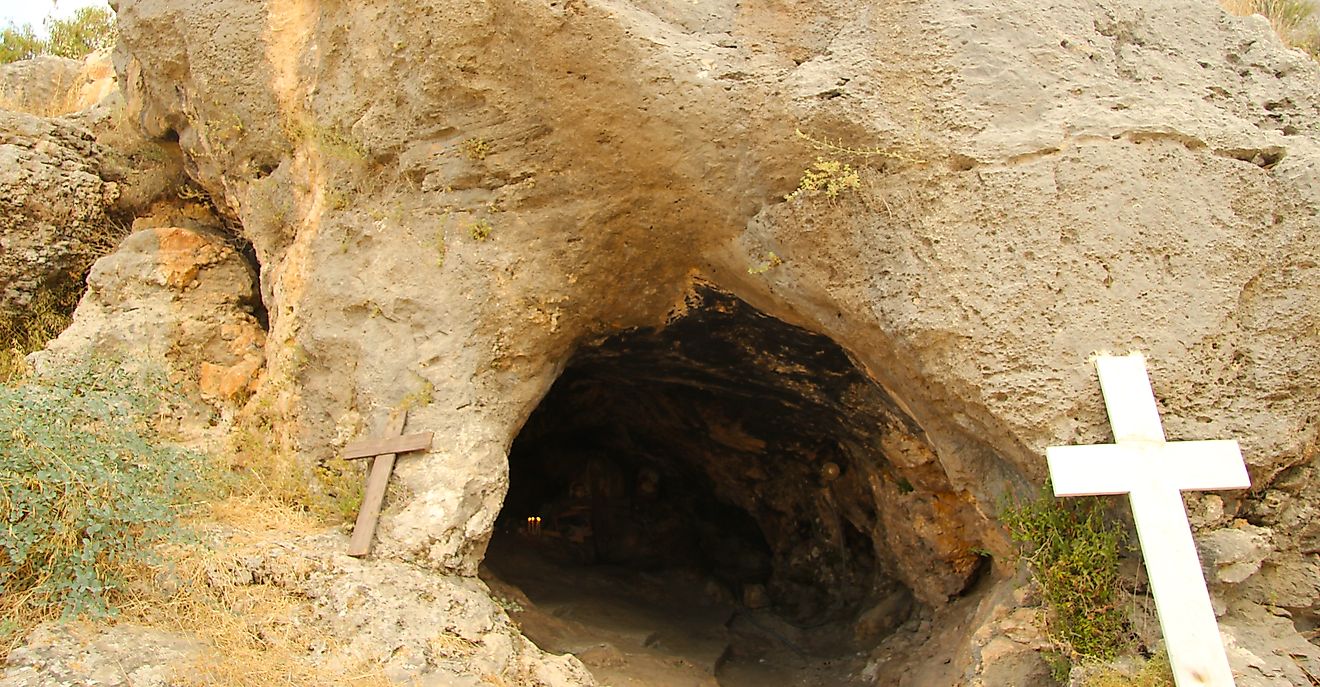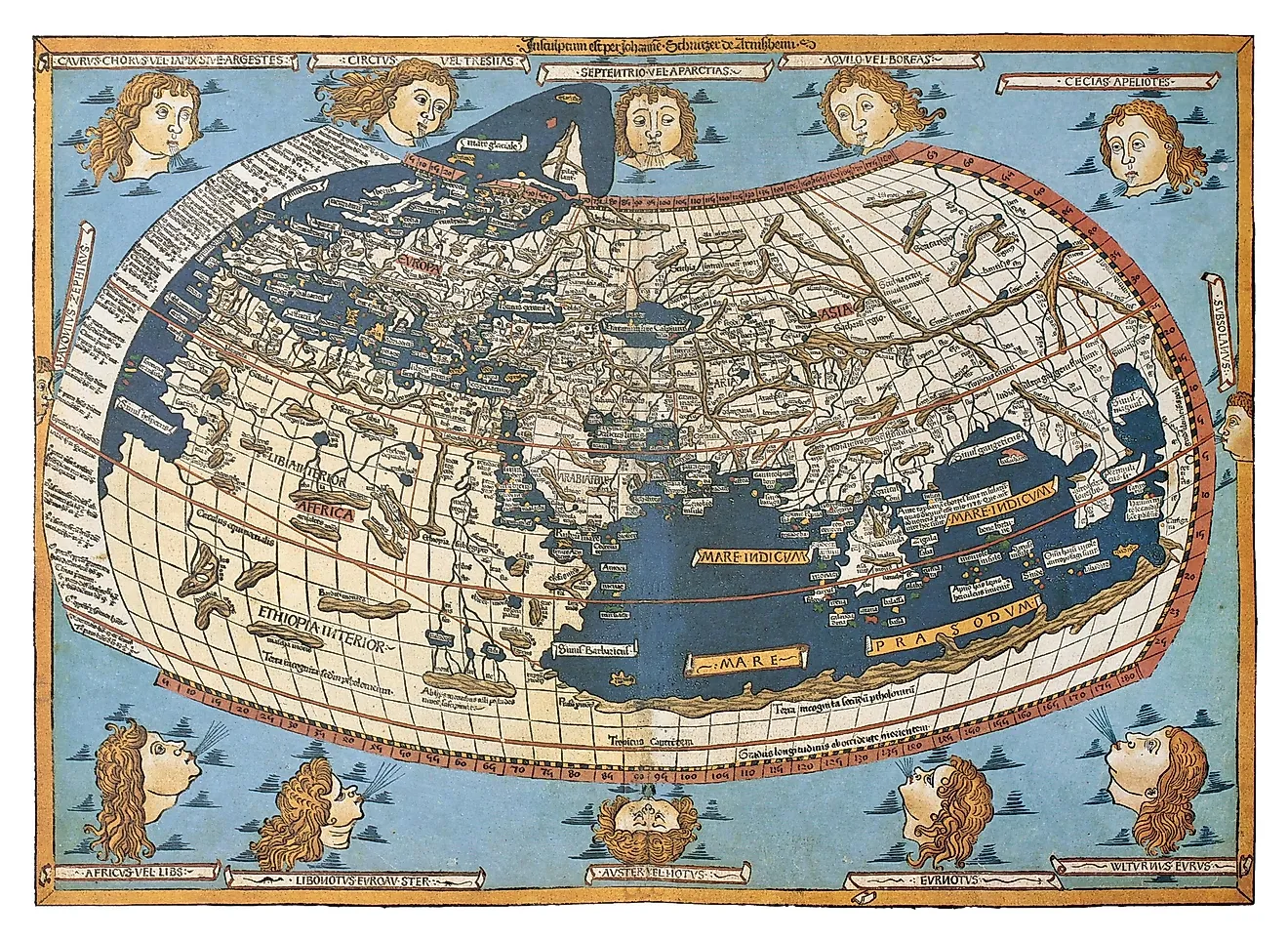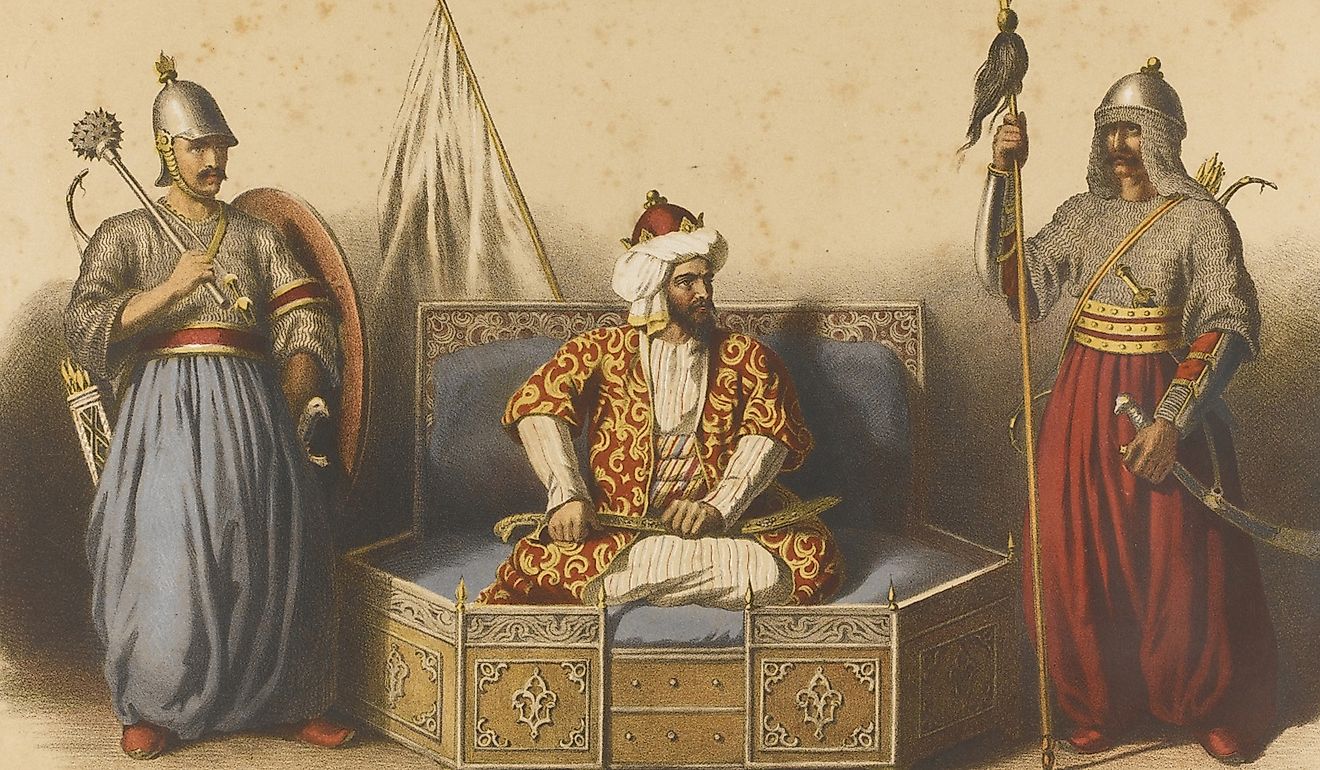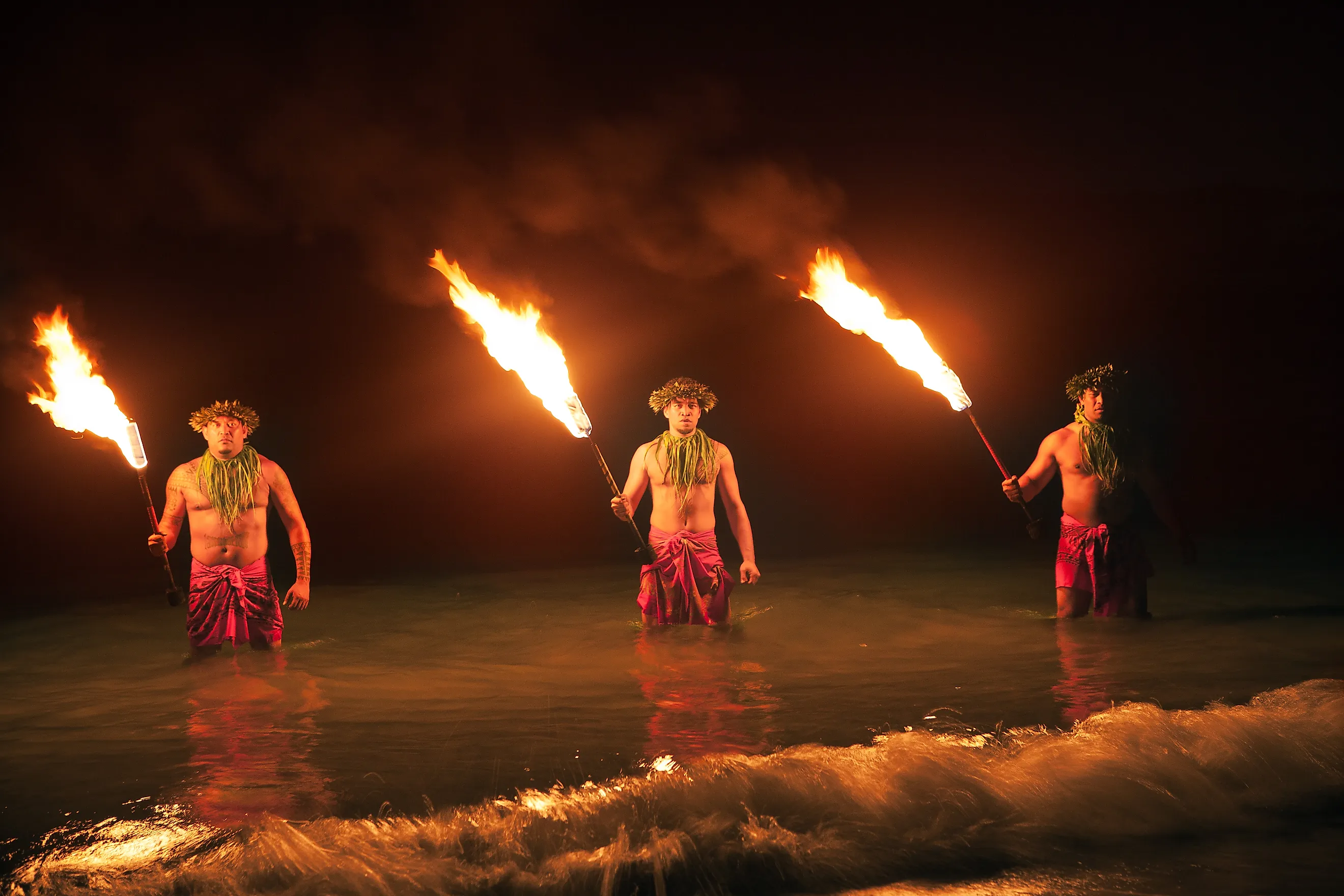
5 Major Languages That Face Extinction
Languages play a crucial role in defining social and collective identity. When a language is lost, we lose access to the history, culture, and knowledge of its speakers as well. For this reason, historians, linguists, and social scientists are sounding the alarm over the large number of languages that face extinction.
Today, there are more than 7000 languages spoken across the globe. Rapid globalization and language bans have caused nearly 40% of the world's living languages to be categorized as "endangered" to various degrees. If current patterns are not slowed or reversed, linguists predict that up to 90% of the world's languages could disappear within the next century.
Below are the languages you may be surprised to know are endangered and are at risk of disappearing.
Belarusian
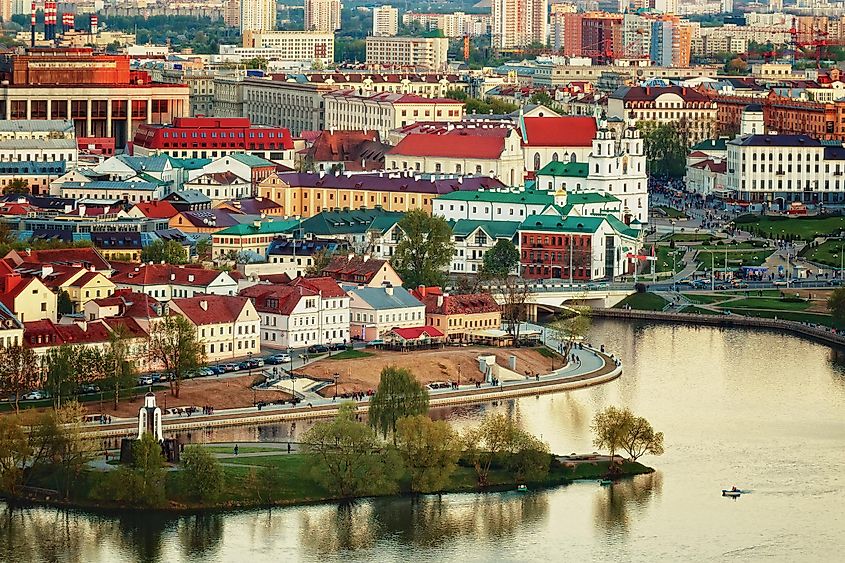
Belarusian, alongside Russian, is the co-official language of Belarus. Most Belarusian citizens consider it their mother tongue, which makes its status as a vulnerable language quite unusual.
Belarus was part of the Soviet Union until its dissolution in 1991. Although Joseph Stalin did not implement an overt ban on Belarusian, he pushed for the adoption of Russian in official institutions and schools throughout the USSR. Speaking Russian was seen as a symbol of citizen's loyalty to the Soviet Union, and the use of Belarusian declined accordingly.
Because the two languages are structurally and grammatically similar, transitioning to Russian was relatively easy. After independence, the majority of the population was reluctant to revert to Belarusian. Russia's status as a global superpower and Belarus's political alliance with Russia helped maintain Russian's dominance. Today, Russian mainly serves official, legal, political, and educational functions, while Belarusian is mainly used for cultural and folkloric traditions, mostly by rural communities and opposition groups.
Hawaiian

The island of Hawaii is the only US state with two official languages: English and Hawaiian. The Hawaiian language began to suffer soon after the late 18th century, with disease brought by British colonials killing hundreds of thousands of Hawaiians over the next century. By some estimates, the population was reduced by nearly 80%. The Hawaiian language suffered another major setback after the capture of Hawaii by US forces in 1896. The US government imposed a ban on the instruction and use of the language in schools, and English became the primary language in public spaces. 90 years later, the government reversed the ban in 1986, but the damage had been done.
Today, with around 2000 native speakers left, the language is considered critically endangered by the The United Nations Educational, Scientific and Cultural Organization (UNESCO). Local activists, however, have spearheaded movements to revive the language, sparking hope that the language will experience a renaissance to avoid dying out.
Navajo
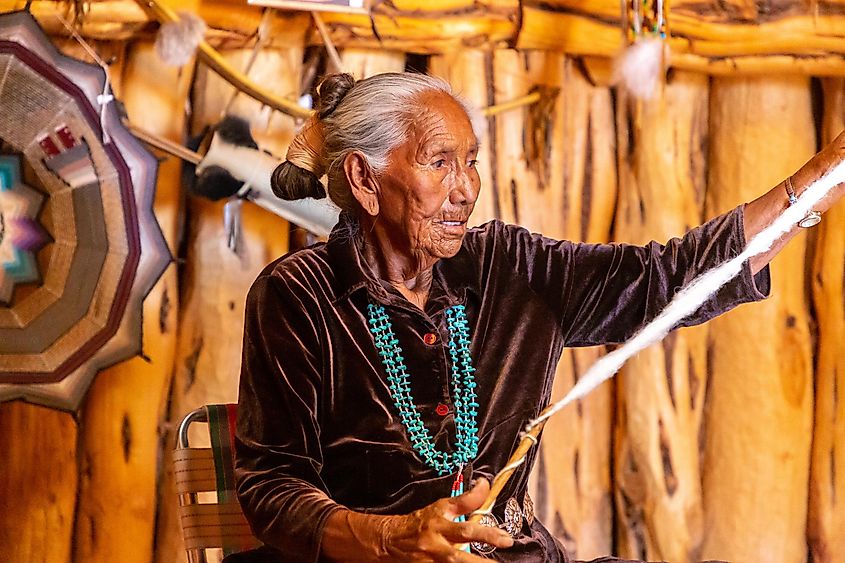
In 1868, the US government signed a treaty with the Navajo Nation, the largest Native American reservation in the United States. The treaty mandated compulsory education for all children. Native American children were sent to boarding schools where they were taught exclusively in English and punished if they spoke Navajo.
Today, the Navajo language is among the most commonly used Indigenous languages in North America. Today, over 120,000 people speak Navajo, and the language is considered vulnerable due to the fact that younger generations are much more likely to learn and speak English than Navajo.
Irish
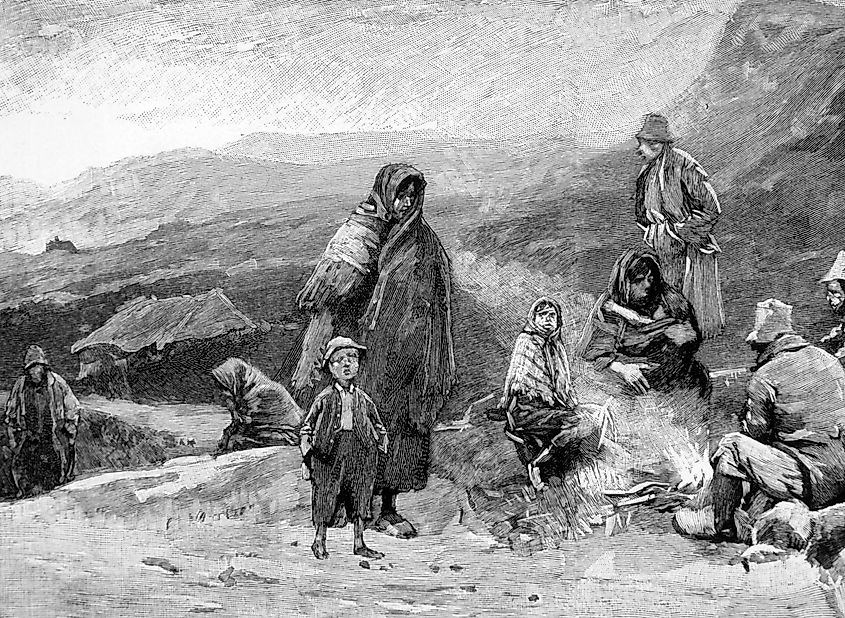
Irish is a Celtic language that was the Irish people's primary language up until the mid 1800s. As the British Empire cemented its rule over Ireland, English gradually replaced Irish as the country's dominant language.
The Irish Potato Famine of 1845 dealt a heavy blow to Ireland, killing almost 15% of the population. Amidst widespread starvation, Irish became linked with poverty and misfortune. Those who could often learned English and moved to cities where English was more widely spoken.
Today, Irish is Ireland's first official language, but UNESCO considers it "definitively endangered," and estimates of fluent speakers vary from 20,000 to 40,000 worldwide.
Euskara
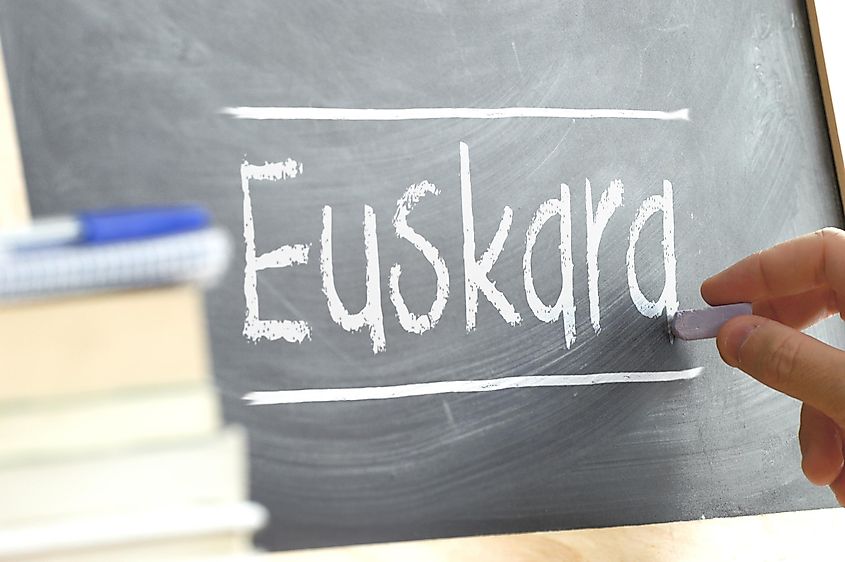
Euskara is spoken by people in the Basque region of Spain. It is distinct in that is the only language European language that does not appear to share an origin with other languages. Such languages are referred to as "language isolate", and the lack of a clear linguistic origin indicates that Basque may be the oldest language in Europe.
The language had persisted since the prehistoric era until it faced severe suppression by Spain's military dictator, General Francisco Franco. Franco tried to eliminate all languages except Spanish during his rule from 1935 to 1975. Euskara speakers experienced harsh political persecution, whether speaking in private or in public. As parents feared passing on the language to their children, it is now considered vulnerable, with approximately 660,000 fluent speakers.
The loss of long-lasting and once widely spoken languages shows that no language is completely safe from disappearing over time. While it may seem practical for more people to communicate using a common language, this perspective is short-sighted. It overlooks the rich variety of ways we interpret the world through different languages.

